3DPrint.com | The Voice of 3D Printing / Additive Manufacturing |
- 3DQue’s QuinlyVision Automates 3D Print Failure Detection
- ORNL to Support Siemens’ CATCH 3D Printing Lab
- JEOL’s Electron Beam Metal 3D Printer Enters U.S. Market
- Addressing the Gap in DEI in the 3D Printing Workplace
| 3DQue’s QuinlyVision Automates 3D Print Failure Detection Posted: 13 Jun 2022 06:00 AM PDT According to Canadian technology startup 3DQue, between 3 and 20% of all print jobs will have defects, or even fail. 3DQue has long been focused on automating 3D printing through its Quinly solution, which combines hardware and software to enable the automation of tasks such as applying adhesives, removing parts, and cleaning the print bed. This allows 3D printers to be capable of continuous, high-volume production without a human operator. Now, the startup is tackling 3D print failures with the launch of its QuinlyVision smart failure detection system. Driven by artificial intelligence, QuinlyVision has all kinds of cool features, like a built-in troubleshooting guide and customizable automated responses for printing fails. In addition, the system can not only detect, but also correct, 14 different kinds of print failures. The system basically allows 3D printers to be their own supervisors and self-correct their errors, which could enable scalability with very little human input required for reliable printing.
If you want to pump out high-quality 3D prints time after time, it requires what 3DQue describes as “a delicate interplay of design, calibration and slicing.” Errors are time-consuming, and a waste of money—just think of the filament waste! But it can take even longer to figure out what exactly went wrong, why it happened, and how to fix it; that’s why the “fixmyprint” subreddit has more than 90,000 members. Maybe the bed was too hot, or not hot enough, or maybe your filament took on some moisture, or maybe you just need to change the infill. QuinlyVision has a built-in Correction Wizard that quickly classifies failures and how they develop, whether it’s an issue with the hardware, the model, or slicing. With this powerful algorithm, users can get detailed 3D print troubleshooting information right away, which will suggest corrections and allow you to set custom automated responses, such as Ignore, Pause, or Notify, for each type of failure you encounter. This enables your 3D printer to self-correct very quickly once it realizes there’s an issue.
QuinlyVision recognizes, and can offer auto-corrections, for 14 different print failures, such as under- and over-extrusion, no extrusion, spaghetti, warping, and stringing, and layer shifts. It also knows detach (when your print doesn’t stay put on the bed), nozzle-blob, zits, skirt issues, poor bridging and poor first layer, and if the model is present. Its Subpixel QuinlyVision Technology, or SQUINT, combines object tracking, photogrammetry, AI failure recognition, and subpixel analysis to detect these issues within five seconds. In addition to its AutoCorrect feature for detecting, responding, and suggesting solutions for those 14 common failures, 3DQue’s new QuinlyVision system has several other great features as well, including:
On June 10th, the 3DQue Discord channel showed live testing of the startup’s new QuinlyVision 3D printing failure detection system. The post 3DQue’s QuinlyVision Automates 3D Print Failure Detection appeared first on 3DPrint.com | The Voice of 3D Printing / Additive Manufacturing. |
| ORNL to Support Siemens’ CATCH 3D Printing Lab Posted: 13 Jun 2022 05:30 AM PDT German technology giant Siemens already uses 3D printing extensively on its turbine blades and through its service bureau, while also developing depowdering hardware, modeling and simulation software, and much more. Most recently, it opened the Charlotte Advanced Technology Collaboration Hub (CATCH) in Charlotte, NC, where the industrial giant will work with clients to advance additive manufacturing (AM) for production. It really seems like the industrial giant is circling the additive sector swooping in where the opportunities lie. Now, Siemens has announced that it will work with the U.S. Department of Energy's (DOE) Manufacturing Demonstration Facility (MDF) at Oak Ridge National Laboratory (ORNL). The new partnership is an extension of previous collaborations between Siemens and ORNL dedicated to materials and advanced manufacturing methods. This time, ORNL will assist the CATCH facility in its work to industrialize AM.
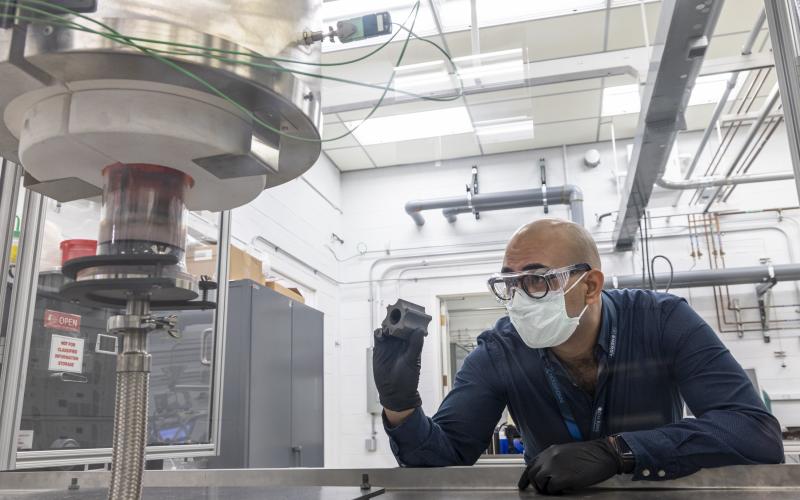 Ultra Safe Nuclear Corporation has licensed a novel method to 3D print highly resistant components for use in nuclear reactor designs. USNC Executive Vice President Kurt Terrani, formerly of ORNL, said the novel method will allow the company to make parts with desired complex shapes more efficiently. Credit: Carlos Jones/ORNL, U.S. Dept. of Energy With $62 billion in revenues and over 300,000 employees, Siemens makes wind turbines, trains, industrial automation, lighting, medical scanners, just to name a few product lines. Along with similarly diverse and complex engineering groups, it can use 3D printing and serve the market in many ways. Meanwhile, ORNL has already made a lot of progress in 3D printing through work on EBM, 3D printing for nuclear reactors, real time AI print assessment, large-scale 3D printing technologies such as BAAM, among many other things.
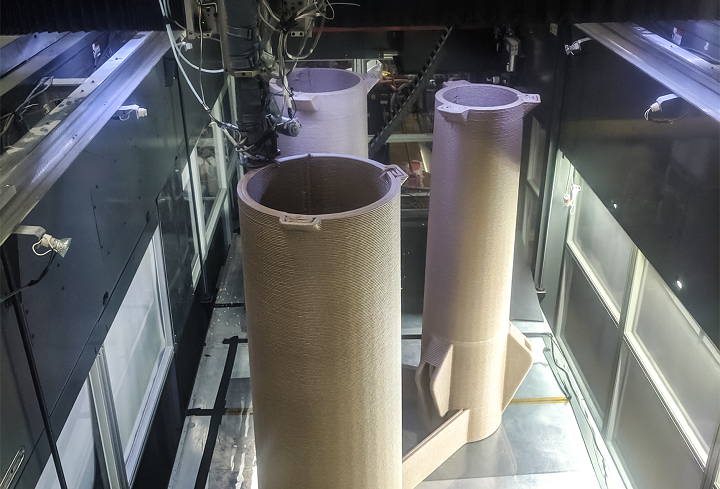 ORNL researchers demonstrated a 3D-printed power pole made of bioderived and recycled materials could be easily manufactured, transported and assembled, enabling the quick restoration of power after natural disasters. Credit: ORNL, U.S. Dept. of Energy Siemens is the default controls software for a lot of manufacturing technologies. It also has strong positions in machine displays, product lifecycle management, and design software. It has a lot to lose if the future of 3D printing does not include Siemens components and software. In fact, its hardware is already featured in a large number of 3D printers. Additionally it can gain a lot by using its 3D printing prowess internally. For companies such as Siemens and Bosch, significant investment in 3D printing can easily be offset through gains made by deploying the technology internally. Any kind of savings in mass reduction, time to market, and higher performing shapes will also compound any revenue made from selling the technology or selling ancillary things such as NX licenses. Siemens could easily swallow Materialise and SLM Solutions and become the default 3D printing company if it wanted to. However, an SLM acquisition could alienate other OEMs and cause them to turn elsewhere for automation and integration software and tools. Buying Materialise, if it ever was for sale, is the most obvious move for the company. But, again, this could perhaps alienate 3D Systems or Stratasys, who are increasingly turning to software themselves.
Ever seen an elephant dance? This is what Siemens is doing now. It is tip-toe, cha-cha-cha-ing around our industry trying to get us to dance with it. It hopes we approach it and, in its shadow, will feel the warmth of a giant embrace without worrying if we’re all going to get crushed. The post ORNL to Support Siemens’ CATCH 3D Printing Lab appeared first on 3DPrint.com | The Voice of 3D Printing / Additive Manufacturing. |
| JEOL’s Electron Beam Metal 3D Printer Enters U.S. Market Posted: 13 Jun 2022 05:00 AM PDT The dam that once separated the additive manufacturing (AM) industry from mainstream manufacturing has finally broken. As the waters merge, numerous companies that previously existed outside of 3D printing are finding entry points into the sector. This includes Japan's JEOL Ltd. (TYO: 6951), which debuted its JAM-5200EBM electron beam metal 3D printer to a North American audience at RAPID + TCT 2022. With a market cap of roughly USD$2.4 billion, JEOL is a leading maker of electron microscopes and other scientific, industrial, and medical equipment. Its expertise in electron beams and expertise in industrial manufacturing were the perfect combination to send the company into the electron beam powder bed fusion (E-PBF) space. There, as one of just a handful of players, JEOL is primed to lead a new generation of E-PBF systems to disrupt a subsegment previously monopolized by GE Additive's Arcam. At RAPID, we spoke to Robert Pohorenec, President of JEOL USA, along with Zane Marek, Product Manager at JEOL USA. The team was able to tell us about how exactly the company and its product set JEOL apart from others in this cozy space. A History in Electron Beams
According to the JEOL USA president, it's the company's extensive experience in both electron beam and manufacturing that gives it a leg up in the additive industry. This includes not just imaging and metrology tools, but industrial equipment, such as electron beam lithography equipment for the mass production of semiconductors.
Included in its long period of manufacturing is what is now a broad service network and the ability to handle customers. JEOL has sales bases in over 30 countries around the world, including 17 overseas corporations located in the USA, Europe, Australasia and Asia. This means that it can not only introduce its E-PBF system around the world quickly, but it can also service those customers when necessary.   Improvements to Electron Beam 3D PrintingNot only does the JEOL's E-PBF carry with it the weight of a large corporation, but it also introduces some technological advances over legacy E-PBF machines. For instance, the JAM-5200EBM includes the "World's Longest Life Cathode," according to JEOL. This allows the cathode to operate for 1,500 hours or more, thus cutting downtime between cathode replacement.
Additionally, it doesn't require the use of helium gas, maintaining print quality over time and reducing costs. Instead, the machine's e-Shield system prevents the scattering of powder during printing, further ensuring print quality and overcoming a general issue with legacy E-PBF processes. The electron beam can also be focused automatically to ensure consistent quality and repeatability. Finally, the JAM-5200EBM can be monitored remotely.
JEOL in the 3D Printing MarketThe company officially introduced the JAM-5200EBM to the European market in November 2021 at Formnext. It already has a beta machine installed in the lab of Professor Akihiko Chiba at the Institute for Materials Research at Tohoku University. With its foray into the North American market, it won't be alone. GE's Arcam is the legacy manufacturer of E-PBF machines and could very well be working on improving its process as new competitors enter the field. In addition to JEOL, there's FreeMelt, which has an open architecture machine, as well as Xi'an Sailong Metals in China, and Wayland Additive in the U.K. Wayland claims to overcome some of the same issues that JEOL does and has a similar background in semiconductors. In addition to overcoming the need for inert gases, Wayland suggests that its electron beam system produces parts that do not experience residual stress. Moving forward, JEOL aims to develop a research-level machine for materials development, as well as in-situ monitoring, in the next five to 10 years. This will be performed with funding from the Japanese government. Ultimately, the company plans to sell 10 units annually at a price of ¥180,000,000 (about USD$1.6 million). While this may not be JEOL's main source of revenue for the time being, it would be interesting to see the business chip away at Arcam's market share and ultimately used for mass production in the same way that Arcam machines are. Images courtesy of JEOL. The post JEOL's Electron Beam Metal 3D Printer Enters U.S. Market appeared first on 3DPrint.com | The Voice of 3D Printing / Additive Manufacturing. |
| Addressing the Gap in DEI in the 3D Printing Workplace Posted: 13 Jun 2022 04:30 AM PDT DEI, or rather 'Diversity, Equity and Inclusion', is a term that has been growing in popularity across the globe, as can be seen in the Google Trends data in the image below. Over the past 5 years, we have seen an explosion in the attention being paid to DEI – whether in workplaces, social situations, schools, or other formal settings – it has become almost unavoidable as a topic of conversation. In the additive manufacturing industry, we have seen a lot of attention being paid to this topic. With women historically being largely under-represented in STEM fields, the birth of organizations such as Women in 3D Printing advocating for and promoting the position of women in the 3D printing industry, brought the topic of DEI to the attention of the wider AM population. With the appointment of Sarah Goehrke as the Head of DEI on the board of Directors at WI3DP one year ago, we saw the organization starting to take a firmer stance on the issue. Where they initially were born from a desire to increase the proportion of women in the industry, they have now moved to bring attention to the wider community under the DEI umbrella. With all these mentions of Diversity, Equity and Inclusion in the industry over the last year, Alexander Daniels Global were inspired to include a spotlight on the topic in their annual salary survey report – capturing the sentiments of both AM employers and professionals on the topic. The findings from the data showed the extent to which DEI is a topic of conversation in the industry, the ways in which it benefits and challenges the workplace as an initiative and the steps employers are taking to improve their approaches to it. Sentiments of EmployeesThe sentiment of the professionals that were surveyed reflects the extent to which diversity and inclusion is valued by employees in the industry. To give you an idea, 51% of respondents to the survey declared that it is ‘very important’ or ‘important’ for them to work for an organization that supports DEI in the workplace. Despite DEI not being a topic of attention in 60% of respondents' workplaces, the initiative is still valued by the majority of professionals. For the most part, the data showed that professionals were 'satisfied' or 'very satisfied' with the way their organizations were approaching the topic of DEI. Whether their employers were successfully creating opportunities for and implementing feedback from employees, promoting diversity in leadership, pay equity or encouraging cross department collaboration, it seems employers are giving Diversity, Equity and Inclusion the time and attention it deserves – perhaps even without directly realizing it. However, as was mentioned by Sarah Goehkre in her comments on the DEI data in this year's AM Salary Survey Report, the thing that stood out the most from this year's data was the ambivalence of the Employer respondents to the survey:
Furthermore, the most notable difference between the employer respondents and professionals was in fact the idea that the majority of employer respondents to the salary survey reported that diversity was not, or did not know if it was, a topic of discussion in the workplace, with only 40% of employer respondents reporting that DEI is in fact a topic of discussion. Meanwhile, more than 40% of employer respondents answered questions on what they are doing to support DEI in the workplace, giving the impression that even if organizations are not proactively implementing DEI strategies, they are making steps to make workplaces more inclusive, fostering a better workplace environment and culture. In addition, perhaps a less known, or less considered, fact of the positive impacts on businesses of promoting DEI in the workplace, is that it accounts for up to a 33% increase in productivity and 87% increase in the quality of decision making when compared with businesses that do not consciously promote DEI in the workplace. Upcoming Webinar – Addressing the Gap in DEI in the AM WorkplaceComing up on June 29 at 12:00pm – 1:00pm ET / 5:00pm – 6:00pm BST, Sophie Pontoppidan of Alexander Daniels Global will be joined by Sarah Goehrke, Head of DEI, Board of Directors and People Track Leader at Women in 3D Printing, for a discussion on all things DEI in the additive manufacturing workplace. Having featured as a spotlight in the 2022 AM Salary Survey Report, with expert comment from Sarah, this upcoming event will feature a live discussion between Sophie and Sarah on the following:
The webinar will be recorded and sent to all registrants – sign up to join the event live by visiting the Alexander Daniels Global website. The post Addressing the Gap in DEI in the 3D Printing Workplace appeared first on 3DPrint.com | The Voice of 3D Printing / Additive Manufacturing. |
| You are subscribed to email updates from 3DPrint.com | The Voice of 3D Printing / Additive Manufacturing. To stop receiving these emails, you may unsubscribe now. | Email delivery powered by Google |
| Google, 1600 Amphitheatre Parkway, Mountain View, CA 94043, United States | |
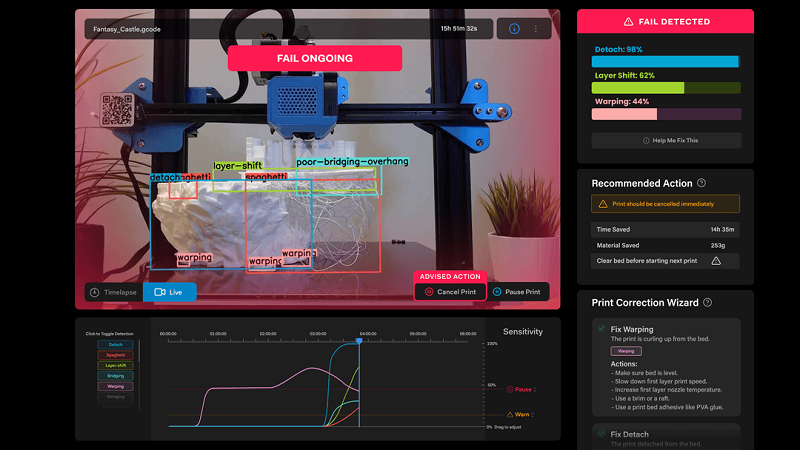
 shows where the defect is, what it is called, when it happened, and what action was taken. Whether one print has 5 defects or 5 prints have one defect, QuinlyVision gives you the data you need to correct the problem.”
shows where the defect is, what it is called, when it happened, and what action was taken. Whether one print has 5 defects or 5 prints have one defect, QuinlyVision gives you the data you need to correct the problem.”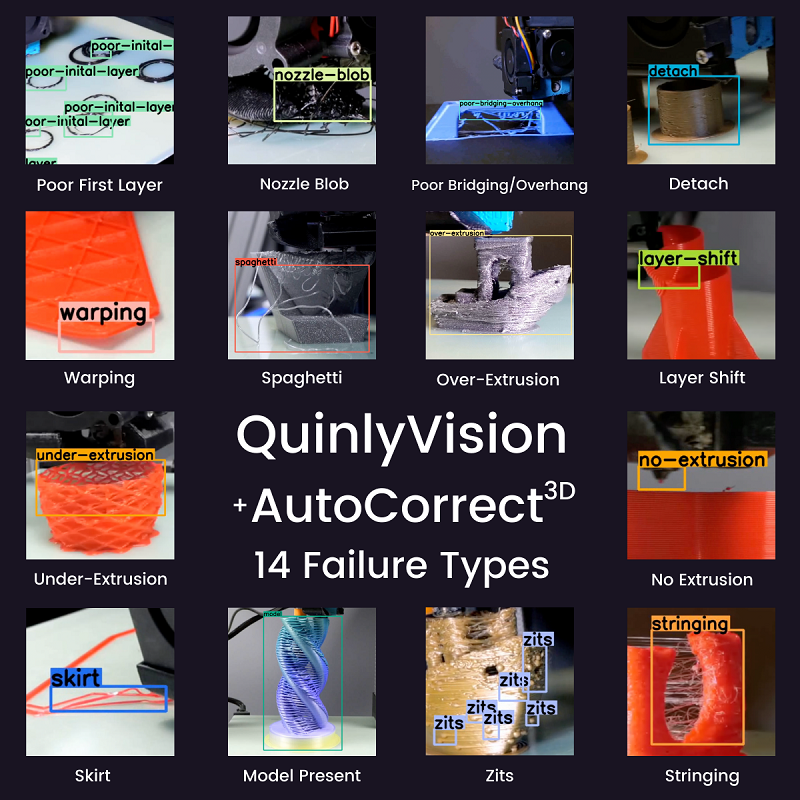
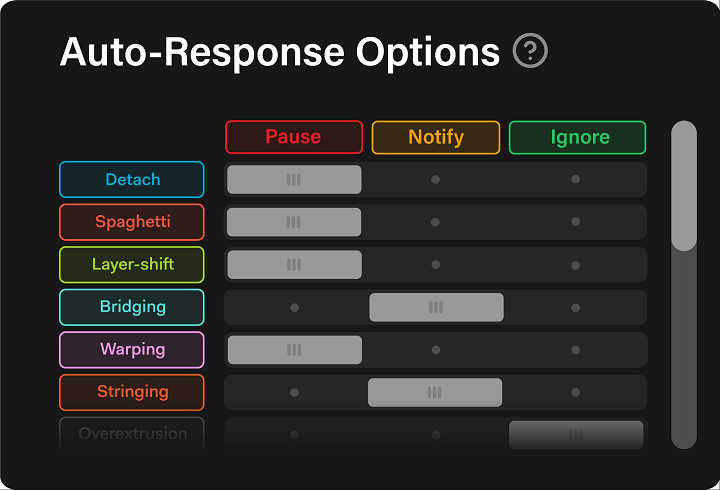

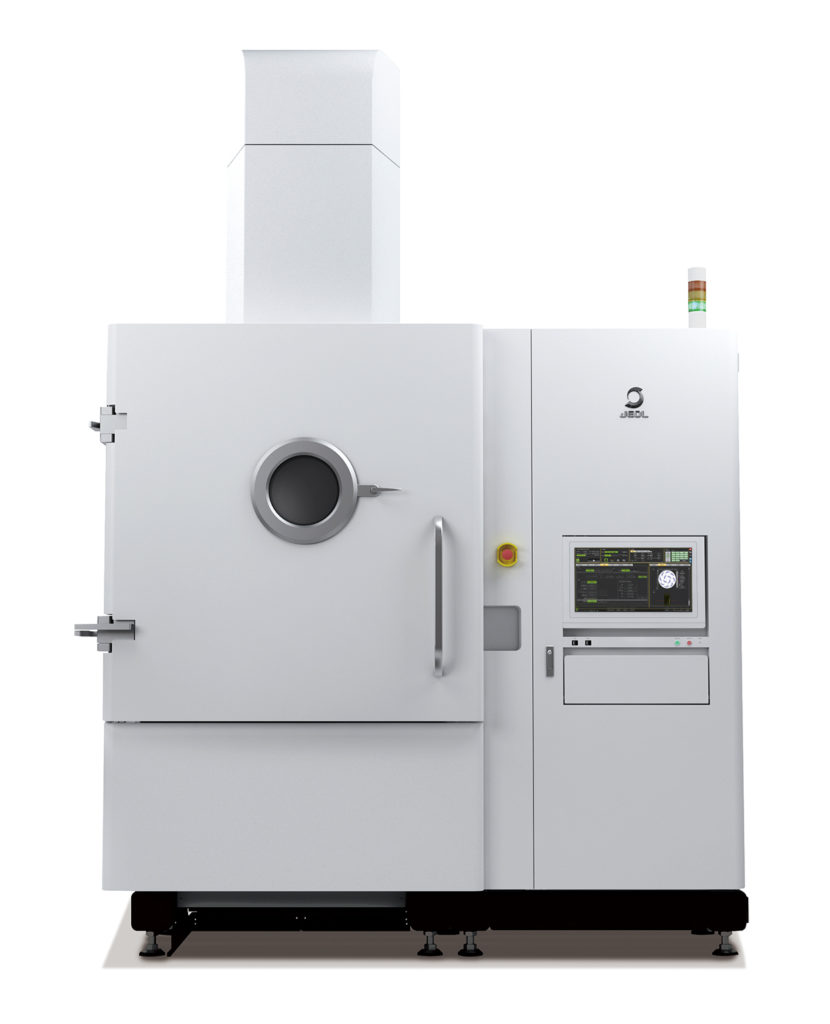
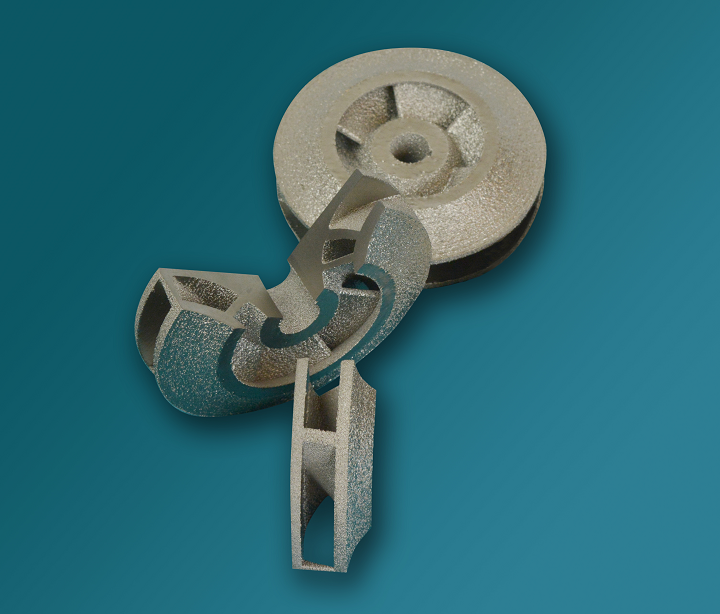


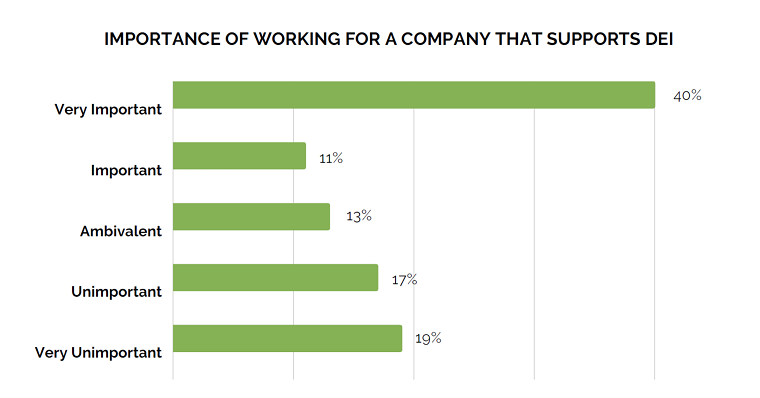


0 comments:
Post a Comment